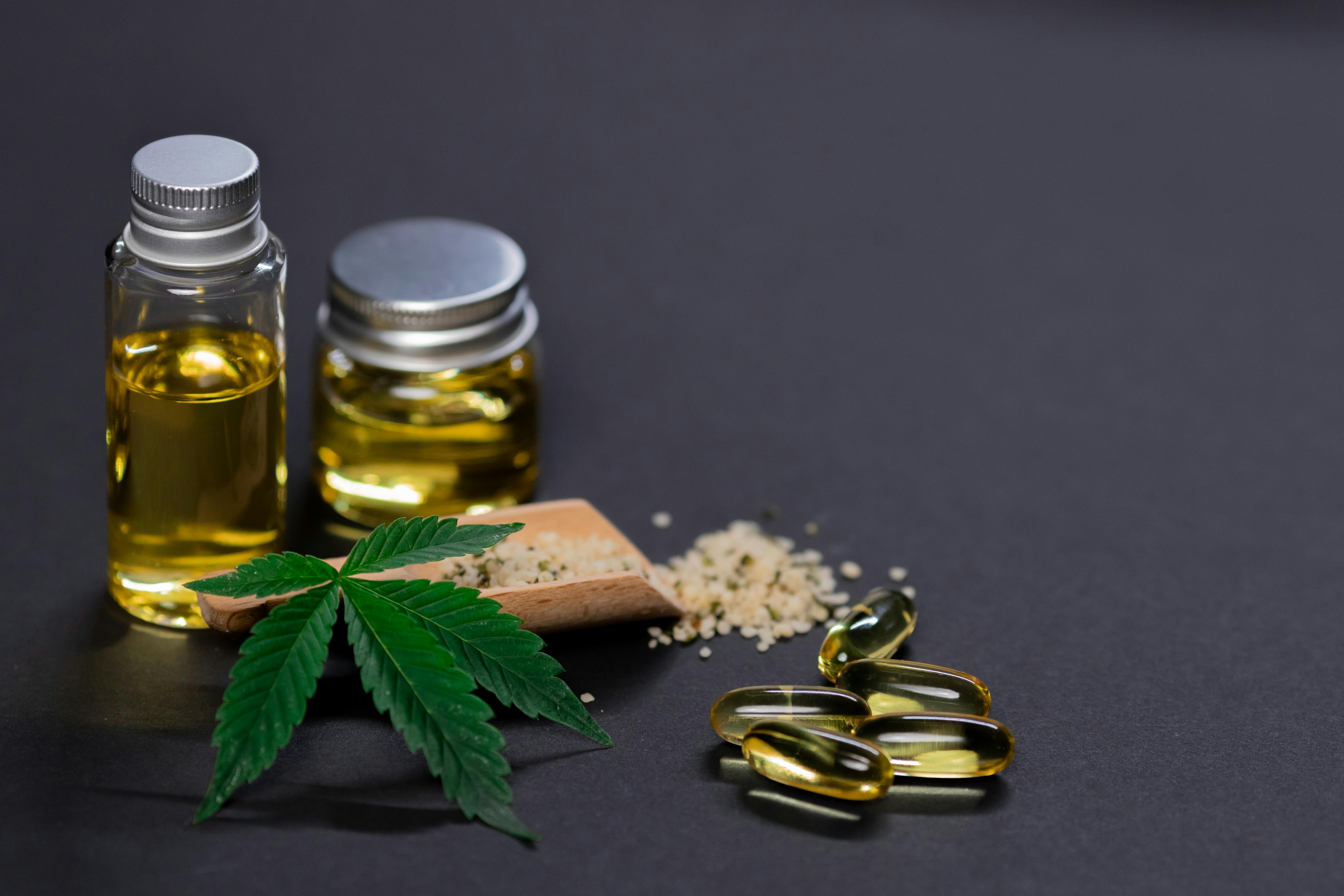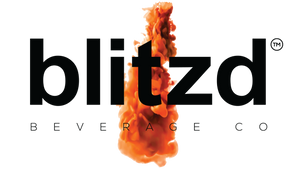Sipping into the Future: The Explosive Growth of CBD and THC Drinks
In a world where wellness meets innovation, CBD and THC-infused beverages are shaking up the drink industry like never before. These bubbly elixirs, blending the calming vibes of cannabidiol (CBD) with the euphoric lift of tetrahydrocannabinol (THC), are no longer niche curiosities tucked away in dispensaries. They're hitting mainstream shelves, from trendy cafes to grocery aisles, promising relaxation without the hangover. As consumers ditch traditional alcohol for healthier alternatives, the rise of these drinks signals a seismic shift in how we approach self-care and social sipping. With legalization spreading like wildfire across the globe, the market is bubbling over with potential. In 2024, the global cannabis beverages sector was valued at $1.3 billion, poised to surge to $3.1 billion by 2030 at a compound annual growth rate (CAGR) of 16.3%. This isn't just a trend—it's a revolution in a bottle, transforming wellness into something you can chug.
From Ancient Elixirs to Modern Mixers: A Brief History
The story of infused drinks dates back millennia, far beyond the hipster bars of today. Archaeological evidence points to cannabis-infused beverages in ancient China around 7,000 BCE, where ground seeds were mixed with water for ritualistic and medicinal purposes. In India, bhang—a milky concoction of cannabis leaves—has been sipped during festivals for centuries, blending spirituality with euphoria. Fast forward to the 20th century, and cannabis prohibition stifled innovation in the West. But the tide turned with the 2018 U.S. Farm Bill, which legalized hemp-derived CBD, sparking a wave of experimentation. THC followed suit as states like California and Colorado relaxed marijuana laws, allowing brewers to infuse everything from seltzers to teas. By the early 2020s, major players like Constellation Brands invested millions in cannabis drinks, signaling corporate buy-in. Today, emulsion technologies enable seamless integration of THC and CBD into non-alcoholic beers and wines, erasing the oily aftertaste that plagued early versions. This evolution from forbidden potion to everyday refreshment mirrors society's growing embrace of natural remedies over synthetic highs.
Wellness in a Can: Unpacking the Health Benefits
What makes these drinks more than just a buzz? It's the science-backed perks that have wellness enthusiasts hooked. CBD, the non-psychoactive star, shines in reducing stress and anxiety, with studies showing it promotes calm and balance without the "high" associated with THC. Users report improved sleep and anti-inflammatory effects, making it ideal for post-workout recovery or winding down after a hectic day. THC, on the other hand, offers pain relief and nausea reduction, often easing chronic discomfort where traditional meds fall short. When combined, they create a synergistic "entourage effect," where CBD tempers THC's intensity for a smoother experience, enhancing mood-boosting and therapeutic benefits like relaxation and focus. Unlike alcohol, these beverages avoid dehydration and liver strain, appealing to health-conscious millennials and Gen Z. Some even nourish skin and soothe inflammation, turning a simple sip into a holistic ritual. Of course, moderation is key—overindulgence can lead to unwanted effects—but for many, these drinks represent a gentler path to well-being.
Numbers That Buzz: Market Stats and Figures
The data doesn't lie: infused beverages are exploding. The U.S. cannabis industry alone is projected to hit $45 billion in 2025, with beverages carving out a juicy slice. Globally, cannabis drinks are expected to grow from $1.6 billion in 2024 to $7.3 billion by 2032, boasting a 20.9% CAGR. CBD-infused options are leading the charge, valued at $4.3 billion in 2024 and set to expand at 17% annually through 2034. THC isn't far behind; in Michigan, sales doubled with 112% growth in Q1 2025 compared to the previous year. Hemp-derived versions raked in $382 million last year, forecasted to nearly double to $750 million by 2029. Women's consumption is rising too, with over one in three females over 21 opting for cannabis products. Legalization fuels this boom, with experts predicting the segment could reach $2.8 billion annually by 2025. These figures underscore a shift toward functional drinks that blend pleasure with purpose, outpacing traditional soft drinks in growth.
Business Buzz: Opportunities in Wholesale and White Label
For entrepreneurs, the infused drink wave is a goldmine. CBD Drinks Wholesale options allow retailers to stock premium products at competitive prices, tapping into a market hungry for variety. Companies like Biota Biosciences offer water-soluble CBD complexes for seamless integration into beverages, ensuring high bioavailability. THC Drinks Wholesale follows suit, with platforms like Canna Beverage USA providing federally compliant, ready-to-distribute elixirs. White labeling takes it further, enabling brands to launch custom lines without heavy R&D. CBD Drinks White Label services from firms like Isodiol let you rebrand high-quality tinctures and seltzers, accelerating market entry. Similarly, THC Drinks White Label opportunities, such as those from Hemp House, offer pre-formulated edibles and drinks for quick customization. This model slashes costs and risks, perfect for startups eyeing the $55.47 billion CBD beverages projection by 2033. As demand surges, wholesale and white label strategies democratize the industry, turning passion projects into profitable ventures.

What's Brewing Next: Future Trends in Infused Beverages
Looking ahead, 2025 promises even more fizz. Mainstream acceptance will drive microdosing trends, with low-dose options for subtle effects dominating shelves. Functional fusions—like CBD with adaptogens or vitamins—will elevate drinks to superfood status, enhancing flavors and health claims. Regulatory shifts, including potential federal hemp reforms, could streamline distribution and boost innovation. Expect alcohol-free mimics to rival craft beers, with sales in emerging markets like Ohio soaring. Sustainability will play big, too, with eco-friendly packaging and organic sourcing appealing to conscious consumers. By 2030, the market's 16.3% growth trajectory suggests infused drinks could eclipse traditional wellness aids. As technology refines onset times and potency, these beverages will redefine social norms, making wellness as easy as cracking open a can.
Raising a Glass to Change: Conclusion
The ascent of CBD and THC drinks isn't just about getting a buzz—it's reshaping wellness into an accessible, enjoyable pursuit. From ancient roots to futuristic formulations, these beverages blend history, health, and hustle, backed by booming billions in market value. As we toast to 2025 and beyond, one thing's clear: infused drinks are here to stay, quenching our thirst for better living. Whether you're a sipper or a seller, dive in—the water's fine.
Discover the future of wellness with GetBlitzd’s premium CBD and THC Drinks Wholesale! Ride the wave of the $1.3 billion cannabis beverage market, projected to hit $3.1 billion by 2030. Our cutting-edge CBD Drinks White Label and THC Drinks White Label solutions offer high-potency, water-soluble formulas for seamless integration. Perfect for retailers and startups, GetBlitzd delivers customizable, federally compliant products that captivate health-conscious consumers. Don’t miss out on this booming industry! Schedule a call today to explore our wholesale opportunities and launch your brand into the sizzling world of infused beverages with GetBlitzd!
Reference:
1. A’yuni, Q., Mok, K., Nakphaichit, M., Jangchud, K., & Pirak, T. (2025). Thai cannabis sativa leaves as a functional ingredient for quality improvement and lactic acid bacterial growth enhancement in kombucha. Foods, 14(6), 942. https://doi.org/10.3390/foods14060942
2. Bhamra, S., Desai, A., Imani‐Berendjestanki, P., & Horgan, M. (2021). The emerging role of cannabidiol (cbd) products; a survey exploring the public's use and perceptions of cbd. Phytotherapy Research, 35(10), 5734-5740. https://doi.org/10.1002/ptr.7232
3. Eichelberger, A. (2023). Prevalence of alcohol, cannabis, and simultaneous use among drivers in six states. Transportation Research Record Journal of the Transportation Research Board, 2677(11), 237-244. https://doi.org/10.1177/03611981231165024




